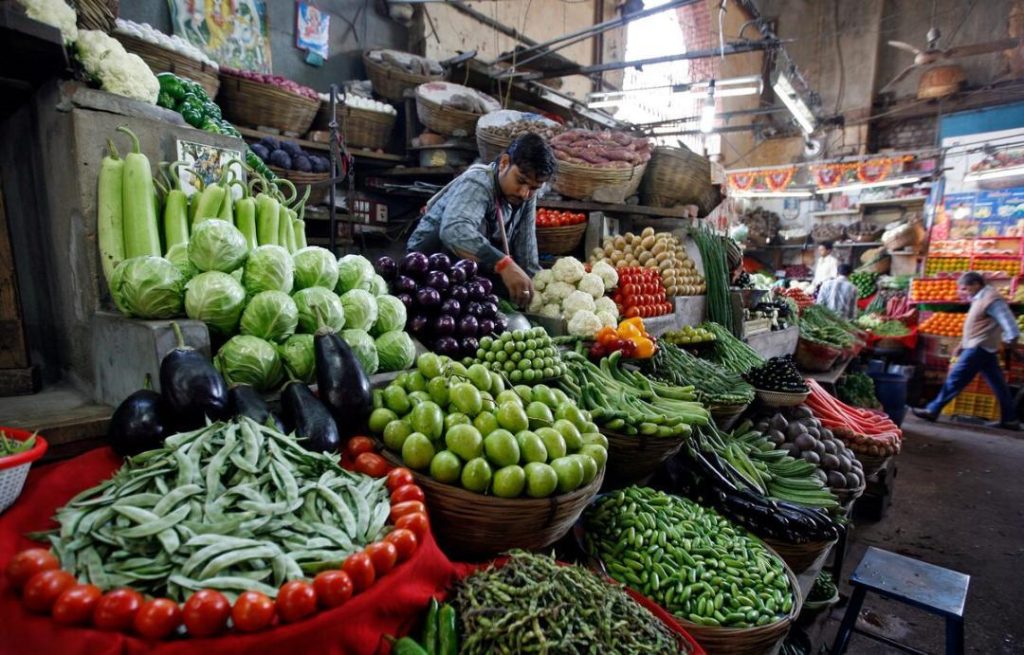
Which items saw highest & lowest inflation in January?
As the calendar flips to a new month, it’s essential to take a look at the inflation rates of essential items to understand the economic trends and plan our finances accordingly. According to the latest data, January 2025 has witnessed a mix of high and low inflation rates across various commodities. In this blog post, we’ll dive into the top five items showing the highest year-on-year inflation and the key items having the lowest year-on-year inflation in January 2025.
Highest Inflation Items:
The top five items showing the highest year-on-year inflation at the all-India level in January 2025 are:
- Coconut oil (54.20%): Coconut oil has seen an astronomical rise in its prices, with a whopping 54.20% year-on-year inflation. This surge can be attributed to the increasing demand for healthy and sustainable cooking alternatives, as well as the impact of global weather patterns on coconut production.
- Potato (49.61%): Potatoes have become a staple in many Indian households, and their prices have skyrocketed by 49.61% year-on-year. This rapid inflation can be attributed to factors such as crop damage due to extreme weather conditions, supply chain disruptions, and increased demand.
- Coconut (38.71%): Coconut, another tropical fruit, has seen a significant price hike, with a 38.71% year-on-year inflation. This increase can be attributed to the growing demand for coconut-based products, such as coconut oil, coconut milk, and coconut water, as well as the impact of global weather patterns on coconut production.
- Garlic (30.65%): Garlic, a popular spice used in many Indian dishes, has seen a substantial price hike, with a 30.65% year-on-year inflation. This increase can be attributed to factors such as crop damage due to extreme weather conditions, supply chain disruptions, and increased demand.
- Peas (vegetables) (30.17%): Peas, a popular ingredient in many Indian dishes, have seen a significant price hike, with a 30.17% year-on-year inflation. This increase can be attributed to factors such as crop damage due to extreme weather conditions, supply chain disruptions, and increased demand.
Lowest Inflation Items:
On the other hand, the key items having the lowest year-on-year inflation in January 2025 are:
- Jeera (-32.25%): Jeera, also known as cumin, has seen a remarkable decline in its prices, with a -32.25% year-on-year inflation. This decrease can be attributed to factors such as increased supply, reduced demand, and easing of global supply chain disruptions.
- Ginger (-30.92%): Ginger, a popular spice used in many Indian dishes, has also seen a significant decline in its prices, with a -30.92% year-on-year inflation. This decrease can be attributed to factors such as increased supply, reduced demand, and easing of global supply chain disruptions.
- Dry chillies (-11.27%): Dry chillies, a popular spice used in many Indian dishes, have seen a moderate decline in their prices, with a -11.27% year-on-year inflation. This decrease can be attributed to factors such as increased supply, reduced demand, and easing of global supply chain disruptions.
- Brinjal (-9.94%): Brinjal, also known as eggplant, has seen a moderate decline in its prices, with a -9.94% year-on-year inflation. This decrease can be attributed to factors such as increased supply, reduced demand, and easing of global supply chain disruptions.
- LPG (-9.29%): Liquefied Petroleum Gas (LPG), a popular cooking fuel, has seen a moderate decline in its prices, with a -9.29% year-on-year inflation. This decrease can be attributed to factors such as reduced global demand, increased supply, and easing of global supply chain disruptions.
Conclusion:
In conclusion, January 2025 has witnessed a mix of high and low inflation rates across various commodities. While items like coconut oil, potato, coconut, garlic, and peas have seen significant price hikes, items like jeera, ginger, dry chillies, brinjal, and LPG have seen a decline in their prices. These trends can be attributed to factors such as global weather patterns, demand and supply chain disruptions, and economic trends. As a consumer, it’s essential to stay informed about these trends to plan your finances and make informed purchasing decisions.
Source:






